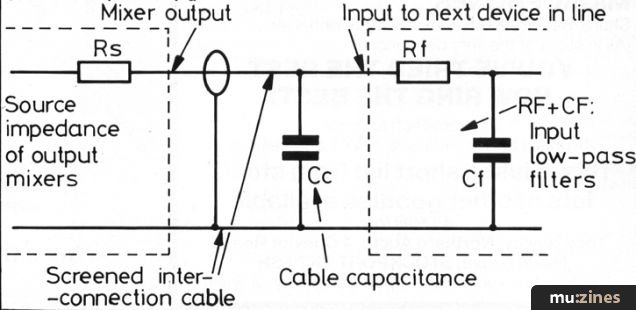OK. i get that ( I think ) from a holistic perspective. But do you want deviations from flat to be caused from within 'interconnections' or overall ( measured and defined per your example ) circuit topology?
As I’m not bound to the practice of connecting boxes together, in a trial and error fashion, and hoping for a desired outcome this becomes difficult to answer for those that use that approach, which is the majority of audiophiles.
Let me back up and start from the start. Let’s pretend that we live in an ideal world were each component measures flat from 20Hz to 20KHz and each interconnecting cable also measures flat from 20Hz to 20KHz, in the circuit, and the speakers also measure flat from 20Hz to 20KHz. If all these “flat” perfect components are assembled in a system and let’s say that the overall “system” level response also measures flat from 20Hz to 20KHz, then you would think that this would be ideal. But because of human hearing’s Fletcher-Munson loudness perception/sensitivity this “perfectly flat” system will sound bright and will not be pleasant to listen to.
So how do we go about achieving an “organic” sounding system with components that are designed to measure flat from 20Hz to 20KHz?
This is were the myriad of different items that audiophiles use for tone control come in: cables, room treatments, footers, isolation devices, coupling devices, mass-loading, and all the other things that are used to wrestle with the sound of the system.
As you can see, trying to arrive at a target sound is a stab in the dark using the traditional approach.
If you step back and think about it for a minute, like I have done, you then tell yourself there’s got to be a smarter way!
But on this response I will put the “Smarter way” approach to the side. I will do that because I have a fresh perspective on assembling a system and tuning it for the desired overall resultant sound. I have recently done this myself with my new reference system and I did it based on my learning of the smarter way approach. To answer your question head on:
do you want deviations from flat to be caused from within 'interconnections' or overall ( measured and defined per your example ) circuit topology?
To do this successfully as I have done with my new Ultimate horn system, the best place to implement the correction to the overall sound of the system is in the speakers’ crossover. Now bear in mind that the speakers now become optimized to achieve the desired overall sound of that specific system in that specific room. The speakers are no longer universal, they become a tailor made speakers for the system/room. This is analogous to what I do with my system-remastering, where I alter the overall system’s frequency response and polar response based on the resultant sound.
So there is my answer, if you follow the traditional approach of connecting random boxes together and want the most “effective” way to achieve the desire sound then you don’t take stabs in the dark with cables, room treatments, footers, isolation devices, coupling devices, mass-loading, and all the other things. If you want to achieve the goal you tune the speakers crossovers to target the overall sound that you’re after.
Having just said that, the system-remastering process is an elegant solution. Fine tuning the crossover is an iterative process that will drive the speakers design if the speaker design is fluid: my new reference horn system is currently a 6-way system that will go to a 7-way system next year. If you are dealing with a commercially off-the shelves speaker then obviously the crossover modifications will need to involve an analysis of the drivers’ operating & performance parameters.
I tried to answer this as concisely as possible and I hope that what I have stated is clear.
P.S. - The speakers with modified crossovers will obviously not be optimal with other system components/make-up or in other rooms if done correctly.











